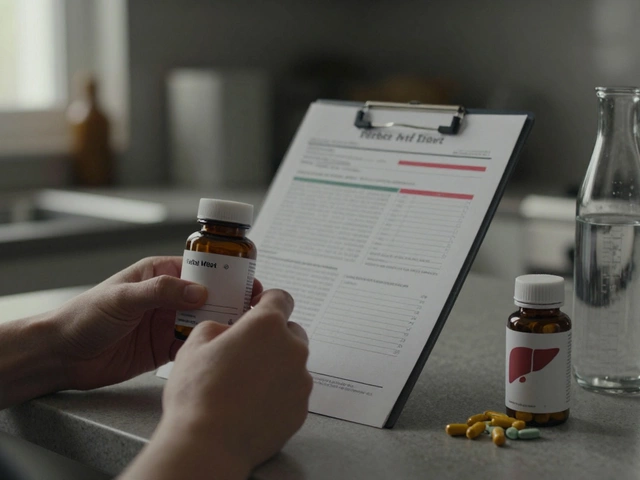Sternal Precautions: What You Need to Know After Heart Surgery
When you’ve had open-heart surgery, your sternum, the breastbone that was cut open during surgery to access the heart. Also known as the breastbone, it’s the central structure holding your rib cage together and needs time to heal properly. Ignoring sternal precautions can lead to serious problems like sternum separation, infection, or even reoperation. This isn’t just about avoiding heavy lifting—it’s about relearning how to move safely while your body repairs itself.
Sternal precautions are the simple, non-negotiable rules your surgeon gives you after surgery. They include not pushing or pulling with your arms, not lifting more than 5-10 pounds, avoiding reaching behind your back, and not twisting your torso. These aren’t suggestions—they’re medical requirements. Why? Because the sternum is wired back together with metal sutures, and it takes 8 to 12 weeks to fully fuse. Any sudden strain during that window can break those wires or pull the bone apart. You’ll also see these precautions linked to heart surgery recovery, the full process of healing after procedures like bypass, valve replacement, or other open-chest operations. The same rules apply whether you had a single or double bypass. And they’re just as critical for older patients as they are for younger ones—age doesn’t make you immune to sternum complications.
Many people think once the pain fades, they’re fine to go back to normal. But pain isn’t a reliable guide. You might feel okay after two weeks, but your sternum is still fragile. That’s why physical therapists often use special braces or slings during early recovery, and why you’re told to hug a pillow when you cough or sneeze. It’s not about being weak—it’s about protecting your healing bones. You’ll also notice these precautions tie into post-op chest care, the daily habits and routines that support healing after chest surgery, including breathing exercises, wound monitoring, and movement restrictions. Even small things like how you get out of bed or how you dress matter. Slipping on a shirt over your head? That’s a no-go. Buttoning a shirt while leaning forward? That’s a yes, if you do it slowly and with support.
What you’ll find in the posts below are real stories and clear guides from people who’ve been through this. You’ll see how to manage daily tasks without risking your recovery, what to do if you accidentally strain yourself, and how to tell the difference between normal discomfort and a warning sign. There’s no fluff here—just practical steps, common mistakes to avoid, and what to expect week by week. Whether you’re recovering yourself or helping someone who is, these resources give you the tools to heal safely and confidently.






